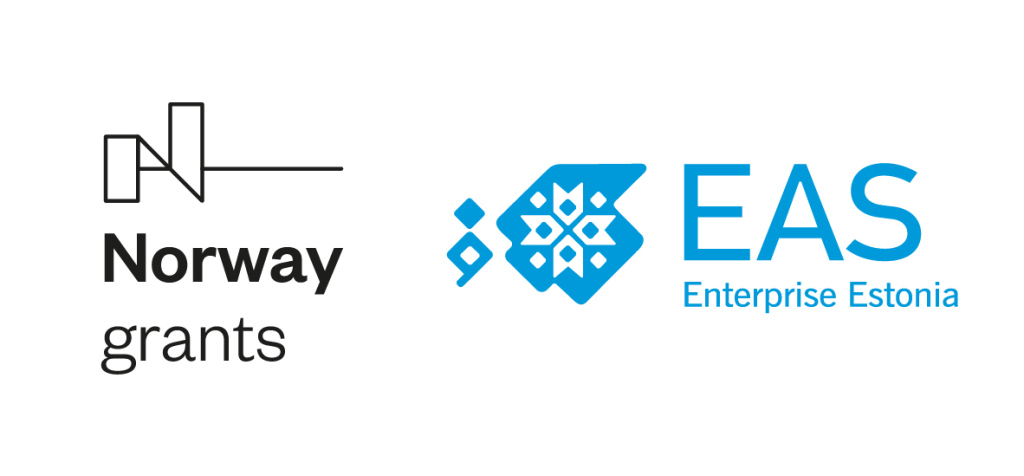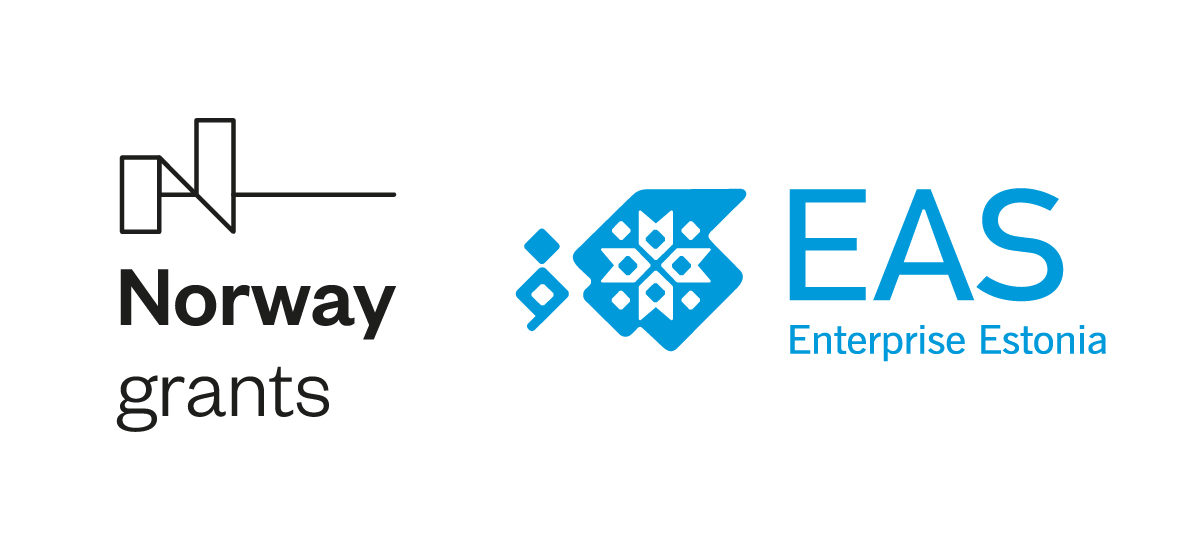
Our team at Helmes spent the second half of 2019 investigating how to integrate advanced Clinical Decision Support (CDS) into medical practitioners’ workflows. The project was co-financed by the Norway Grants Green ICT program.
CDS tools help doctors in their decision-making processes by integrating patient histories, medical observations, test results, and recommendations all in one place, so they can make a more informed decision on the best course of action.
The core of CDS consists of receiving medical data from a patient case, applying it to a medical knowledge base through an inference engine, and then delivering decision support for the best treatment possibilities for the situation. For example, a very simplified workflow would be as follows:
- The CDS medical knowledge base has a rule that a temperature more than 37°C constitutes a light fever; Aspirin is the recommended treatment.
- CDS receives information that a current patient has a 38.1°C temperature.
- The inference engine calculates the patient should be administered Aspirin and exports the prescribed treatment to the attending physician.
Of course, this is a trivial case, but much more advanced diagnoses are possible with a CDS system, which can help doctors make better and more informed decisions. CDS can even give advice on specific dosages of rarely-used drugs, give alerts based on old information that a doctor might miss in their patients’ histories, or simply advise the physician on relevant national guidelines for treatment. All of this occurs without CDS using any identifiable information about the patient.
To develop our concept of an advanced CDS system, we conducted research along with our e-health partners in Norway, discussing both problems and solutions with general practitioners, Norwegian public institutions, and local technology companies. We investigated the workflow of a diagnosis, looking at the content gathering, mediation between partners, and the distribution of treatment options. We then looked for ways our findings could be incorporated into the tools that doctors use every day.
In our research, we found that while there is a lot of patient and treatment data available, it’s fragmented between different systems and languages, and it’s missing a way of aggregating it into a cohesive picture of treatment options. For example, while the Estonian general practitioners’ information market is highly concentrated, it’s much more diverse in the Nordic countries. That means we have to face a large number of complexities in integrating CDS to their doctors’ patient workflows.
Our team has been able, though, to find some potential partners to help us in our upcoming effort to build an end-to-end CDS flow, and the next round of our project development will also be co-financed by the continuing support of Norway’s Green ICT program.
